<Back to Index>
- Astronomer William Huggins 1824
- Astronomer Margaret Lindsay Huggins 1848
- Chemist and Astronomer William Allen Miller 1817
PAGE SPONSOR
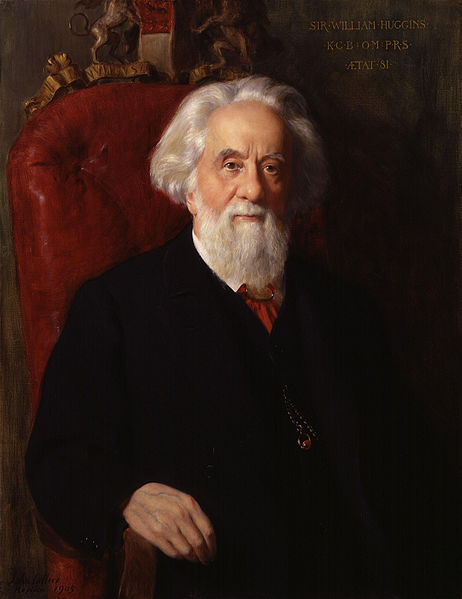
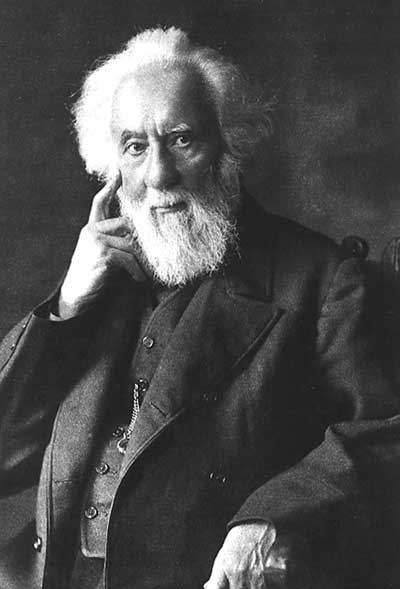
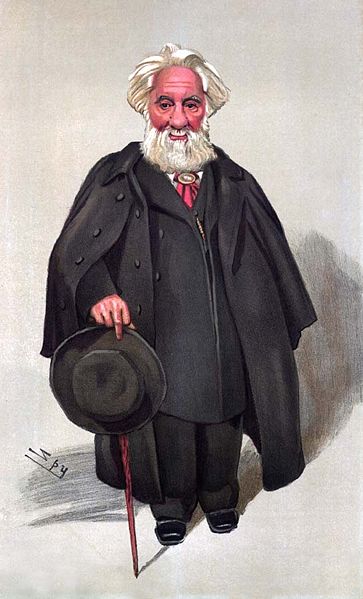
Sir William Huggins, OM, KCB, FRS (7 February 1824 – 12 May 1910) was an English amateur astronomer best known for his pioneering work in astronomical spectroscopy.
William Huggins was born at Cornhill, Middlesex, in 1824. He married Margaret Lindsay, daughter of John Murray of Dublin, who also had an interest in astronomy and scientific research. She encouraged her husband's photography and helped to systemize their research.
Huggins built a private observatory at 90 Upper Tulse Hill, South London from where he and his wife carried out extensive observations of the spectral emission lines and absorption lines of various celestial objects. On August 29, 1864, Huggins was the first to take the spectrum of a planetary nebula when he analyzed NGC 6543. He was also the first to distinguish between nebulae and galaxies by showing that some (like the Orion Nebula) had pure emission spectra characteristic of gas, while others like the Andromeda Galaxy had spectra characteristic of stars. Huggins was assisted in the analysis of spectra by his neighbor, the chemist William Allen Miller. Huggins was also the first to adopt dry plate photography in imaging astronomical objects.
Huggins was elected a Fellow of the Royal Society in June, 1865, was awarded their Royal Medal (1866), Rumford Medal (1880) and Copley Medal (1898) and delivered their Bakerian Lecture in 1885. He then served as their president from 1900 to 1905.
He died at his home in Tulse Hill, London, after an operation in 1910 and was buried at Golders Green Cemetery.
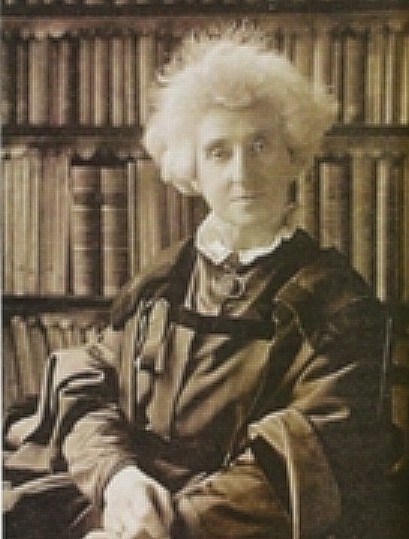
Margaret Lindsay, Lady Huggins (born in 1848 in Dublin; died in 1915), born Margaret Lindsay Murray, was an Irish scientific investigator and amateur astronomer. With her husband William Huggins she was a pioneer in the field of spectroscopy.
When Huggins was young, her mother died and her father remarried. Margaret's grandfather taught her the constellations, tuition which she supplemented with her own readings. When she married in 1875 to William Huggins, they began publishing joint papers. She was the first to discover that the nebulae inside the Orion Nebula is superheated oxygen and not a solid at all.
Huggins was a contributor to the Encyclopædia Britannica Eleventh Edition.
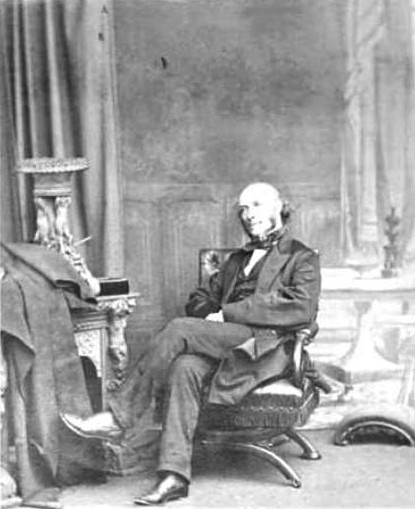
William Allen Miller FRS (17 December 1817 – 30 September 1870) was a British scientist.
He was born in Ipswich, Suffolk, and educated at Ackworth School and King's College London.
On the death of John Frederic Daniell he succeeded to the Chair of Chemistry at King's. Although primarily a chemist, the scientific contributions for which Miller is mainly remembered today are in spectroscopy and astrochemistry, new fields in his time.
Miller won the Gold Medal of the Royal Astronomical Society in 1867 jointly with William Huggins, for their spectroscopic study of the composition of stars. In 1845, he was elected a Fellow of the Royal Society.
According to his obituary, Miller married Eliza Forrest of Birmingham in 1842. He died in 1870, a year after his wife, and they are both buried at West Norwood Cemetery. They were survived by a son and two daughters.
The crater Miller on the Moon is named after him.